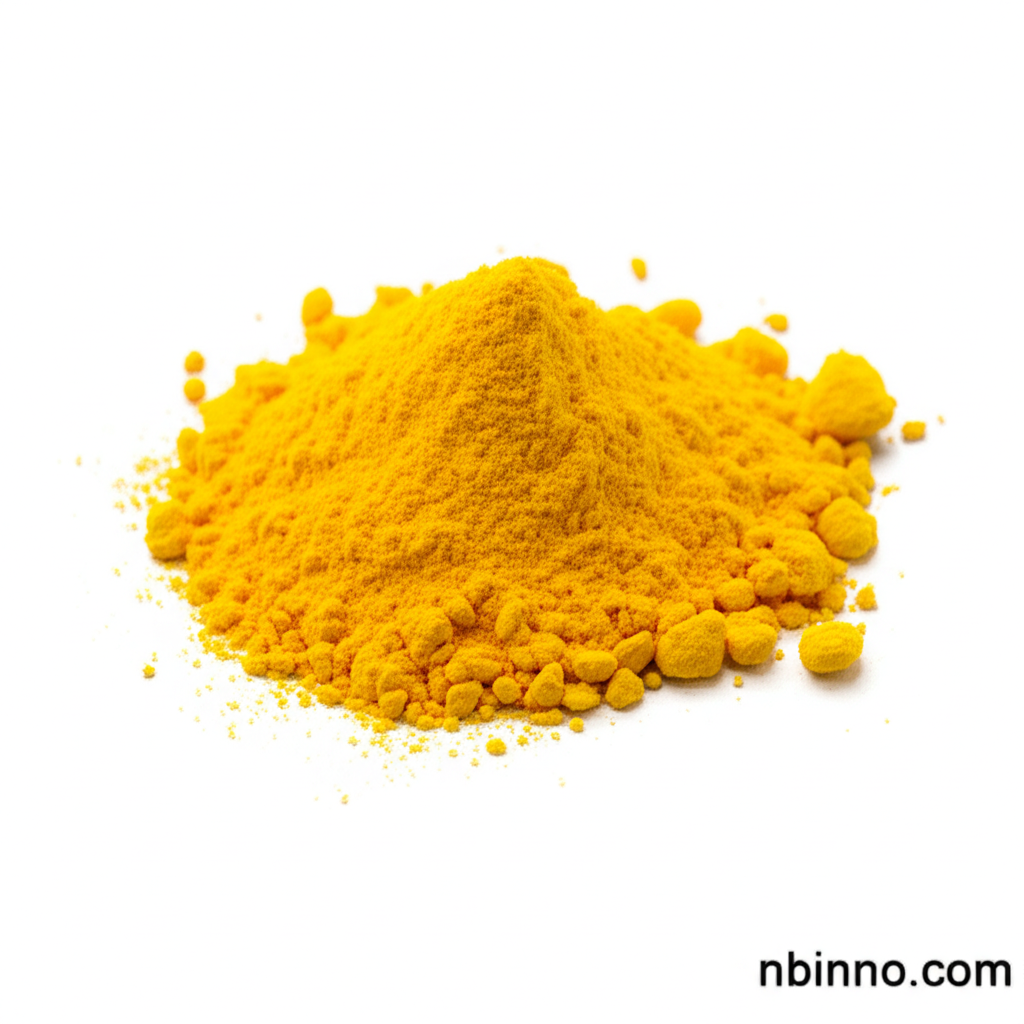Azomethine-H Monosodium Salt Monohydrate: A Comprehensive Guide to its Properties and Applications
Explore the versatile chemical, Azomethine-H monosodium salt monohydrate, vital for boron determination and beyond.
Get a Quote & SampleProduct Core Value

Azomethine-H monosodium salt monohydrate
This compound is essential for the precise colorimetric determination of boron, a critical element in various scientific disciplines. Its ability to form a stable, colored complex with boron allows for accurate quantification, making it a key reagent in environmental and agricultural analysis. Beyond boron analysis, it serves as a versatile chelating agent for various metal ions and as a valuable intermediate in chemical synthesis.
- Leverage Azomethine-H monosodium salt monohydrate for precise boron determination in diverse sample types, ensuring accuracy in your analytical results.
- Utilize this compound as a key chelating agent for metal ion analysis, facilitating complex studies in environmental science and quality control.
- Explore its potential as a crucial chemical intermediate in advanced synthesis projects within the pharmaceutical and fine chemical industries.
- Benefit from its established use in biochemical research and assay development, contributing to a deeper understanding of biological processes and compound interactions.
Advantages It Brings
High Sensitivity for Boron Detection
Achieve accurate and reliable results in the colorimetric determination of boron with this highly sensitive reagent, even at microgram levels.
Versatile Metal Ion Chelation
Employ its strong chelating properties for intricate metal ion analysis, crucial for environmental monitoring and industrial applications.
Facilitates Complex Synthesis
As a valuable chemical intermediate, it streamlines the synthesis of complex organic molecules, including those with potential pharmaceutical applications.
Key Applications
Analytical Chemistry
This compound is a cornerstone in analytical chemistry, primarily for the sensitive colorimetric determination of boron in water, soil, and plant samples.
Biochemical Research
Its utility extends to biochemical research, where it's used in assays for enzyme activity and as a reagent for studying biological interactions.
Chemical Synthesis
As a reactive building block, it is employed in chemical synthesis, contributing to the development of novel compounds and materials.
Pharmaceutical Development
The compound is explored for its potential in pharmaceutical applications, particularly in drug formulation to enhance solubility and bioavailability.
